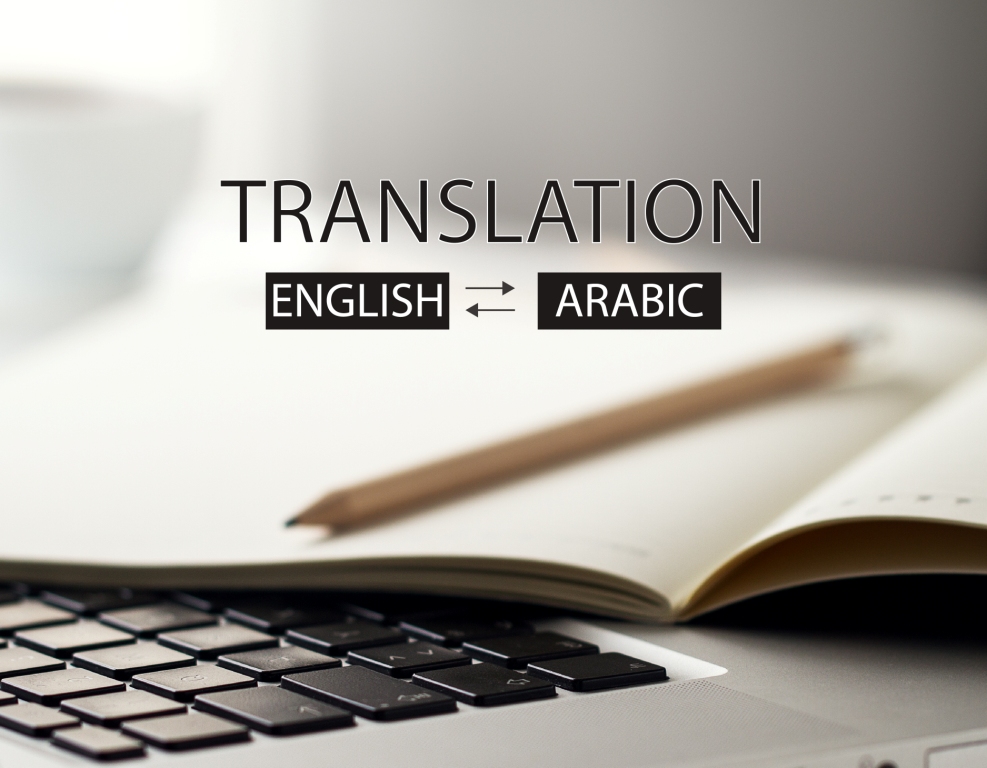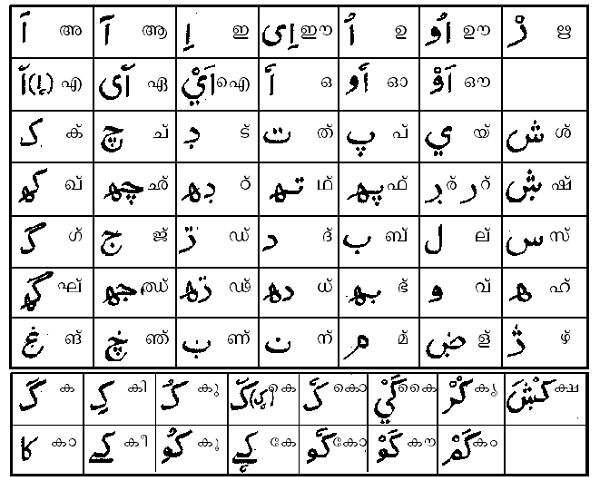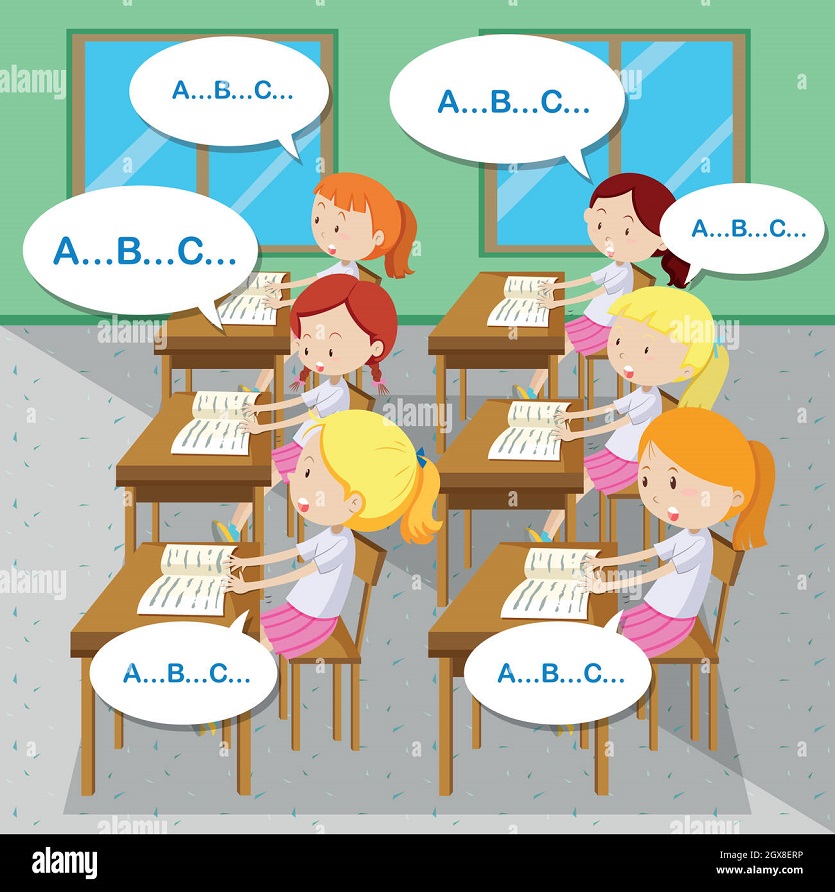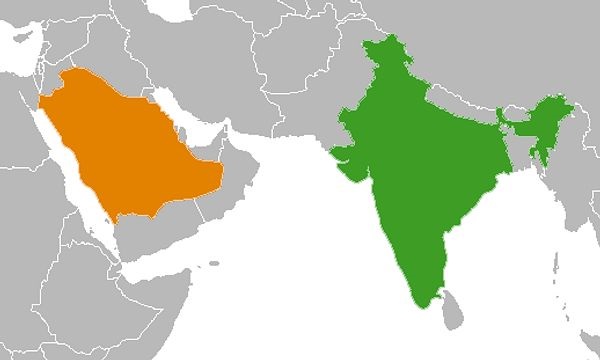
Translation is not only aprocess replication and simulation, rather it is a subtle art of recreation and re-origination. A translator has to reshape the source text to make it compatible with the nature of target language.
Each and every area and field has some characteristics and properties peculiar to it. Thus, not every word always stands for the same meaning in all contexts, rather it keeps changing as per the requirement and essence of context. Hence, a translator must be attentive to the contextual connotations to render the meaning in perfect sense. Every text has its special features and properties and the terms exclusive to the specific area. The text can possibly be of the following kinds:
• Literary text
• Journalistic text
• Religious text
• Legal text
• Technical text
• Promotion and publicity related text
A good and perfect translation focuses on the following aspects:
• Rendering the meaning clearly and unequivocally
• Maintaining the essence and the style of source text
• Expressing the text in natural flow
• Making the reader feel as if he is reading the source text
Before starting translation, the translator must dive deep into the source text from the grammatical perspective of the source language, for nobody can translate a text perfectly which he doesn’t understand. Then, he should rethink the text from the grammatical perspective of the target language as to understand how to render the meaning and the essence skillfully in the perfect sense.
For instance, the word “Bank” stands for the financial institute, beach, sloping end, and the river edge, and the Arabic word “رياضة” stands for the sport, exercise, and the spiritual observation. Hence, the translator must rethink the text to comprehend which meaning is best fitting in the context.
To understand it more clearly look at the following example:
قامت اللجنة المكونة من سبع دول بمناقشة مشروع القرار
In the above sentence, the clause اللجنة المكونة من سبع دول stands for the committee of seven countries which is not made of only a single government. Hence, the best fitting equivalent to deliver this sense is the word “Inter-governmental Committee.” As for the word مشروع القرار , here it is in the meaning of draft. Hence, the best fitting translation of the above sentence will be as follows:
The seven-state inter-governmental committee has discussed the draft resolution. The problems in translation stem from the fact that the semantic equivalent in target language sometimes does not deliver the message and sense found in source language, and sometimes the structure of source language is different or incompatible with that of target language, especially when both languages are totally different from the cultural perspective, as we come across such differences in Arabic and English quite often.
Arabic language is full of subtle nuances, and sometimes it becomes quite difficult to select the proper word or determine the nature of word to deliver the sense in satisfactory and articulated fashion.
Some words in English language does not accept the translation with one word only. For example, the word “Privatization” is translated in Arabic with "الخصخصة" or "التخصيص" or "التخصيصية" . All such translations are inaccurate. As we add affixes, suffixes, and prefixes to the original word in English language, we can follow it in Arabic language as well to make the translation more accurate. Hence, the accurate translation for the word “Privatization” will be "التحول للقطاع الخاص" . So is the word “Islamization” which is translated with "أسلمة" , and it is not a fitting word to express the essence of this word, so the proper word for it is "تطبيق الشريعة الإسلامية" .
Here are some more examples:
إشكالية The complicated nature of
عشق، وله، هيام Great Love
دهشة بالغة Astonishment
Some words have different connotation as per the change in context. Look at the following examples to understand this difference:
Section باب، شعبة، جزء
Record وثيقة، ملف
هيئة Organization, agency, authority
دفتر Office, notebook, folder, pad, register
أستاذ Teacher, instructor, professor
عالم Scientist, scholar, learned
Abduct a diplomat يخطف دبلوماسياُ Kidnap a kid يخطف صبياً
Hijack a plane يخطف طائرةً
Sometimes a single phrase can be translated with a couple of expressions. For instance, the phrase "بذل جهوداً جبارةً" can be translated as follows:
• He spared no efforts
• He did every effort
• He spent untiring efforts
• He left no stone unturned
• He left no avenue unexplored
Some problems of translation arise from the cultural incompatibility of the source and target language. For example, in the European culture, the girl friend and boy friend system is prevalent, while there is no such system in Arabian culture. Likewise, there are some dishes and dresses which are indigenous to Arabian culture such as “Malukhiyah”, “Arqasus” , “Iqāl” and “Imamā”. Same is true with European dishes and attires such as pork, porridge, dinner-jacket, overalls, and pullover. On the other hand, there are some religious terms which have no equivalent or one word substitution in English such as Zakāt, Ushrā, Ihrām, andTayammum. One of the solutions of this problem is to transliterate the word and explain it in the bracket or footnote.
There are four kinds of meaning a translator should look for and concentrate on:
• Lexical meaning
• Textual meaning
• Contextual meaning
• Suggestive meaning
First of all, the translator must look up the word in a bilingual or monolingual dictionary to understand the word. Then he should move on to the text to determine whether it is a journalistic or medical or religious text followed by his focus on context. For example, look at the following sentence:
تستضيف الولايات المتحدة بطولة كأس العالم لكرة القدم في يونيو القادم
We find that in this context, the word تستضيف has a connotation which is entirely different from that of "ضيافة" (hospitability). Here, it means that football world cup will be held in USA. Hence this sentence will be translated as follows:
The football world cup will be held in USA in coming June
Or, USA to host football world cup in coming June
Suggestive meaning is also of crucial importance. For instance, look at the following sentence:
On seeing the ghost, they stood motionless
Here the word “Motionless” suggests the sense of losing consciousness. To deliver this sense, Arabic has multiple expressions such as
وقفت على رؤوسهم الطير
تسمروا في أماكنهم
تجمدت أوصالهم
Hence, this sentence can be translated as follows:
لدى رؤيتهم للشبح، وقفوا كأن على رؤوسهم الطير/ تسمروا في أماكنهم/ تجمدت أوصالهم
To be more clear, have a look on the following example:
الفتاة كالقمر في جمالها
This sentence suggests that the girl is so fair and charming. We should not render this sense into English in the same dictional structure and frame, for, in the English culture, the moon is not commonly used as a simile to portray and praise the beauty . Hence, we would translate this sentence as follows:
The girl is as fair as snow
Likewise, if we translate the above sentence into Arabic, we will not say: الفتاة بيضاء كالثلج, because the connotation of snow in Arab culture is different from that of English culture.
To sum it up, we can say that a translator must have the profound understanding of the problems and issues mentioned above be deft and skilled enough to overcome them and convey the source text into the target text in the perfect and eloquently articulated fashion. The deep understanding of such problems would enable him to preserve the essence and the lexical and semantic features of both languages.
References:
Muhammad Hasan Yusuf, كيف تترجم(How to Translate), Publication: شركة معاهد التدريب والتعليم الأهلي، الكويت (Institutes of training and private education company), 1997
Muhammad YahyāAbūRīshā, محاضرات في الترجمة (Lectures on Translation), soft copy available on www.atida.org/e-library
Ali Almanna, The Routledge Course in Translation Annotation, Publication: Routledge, 2016




